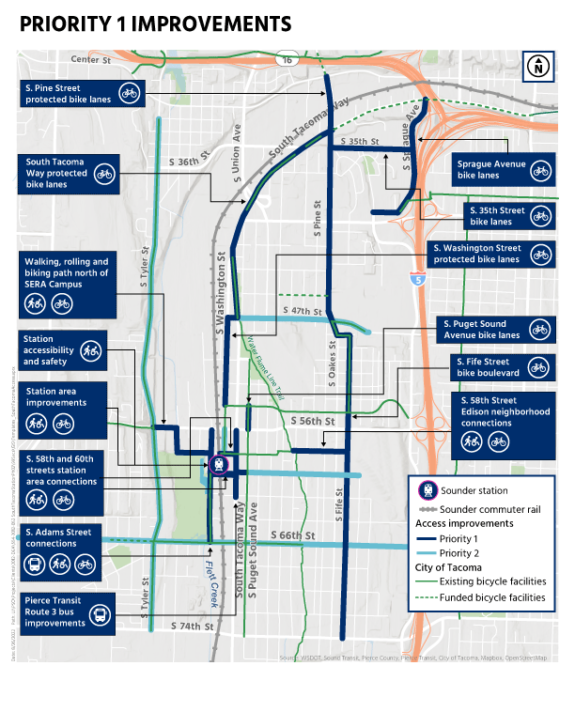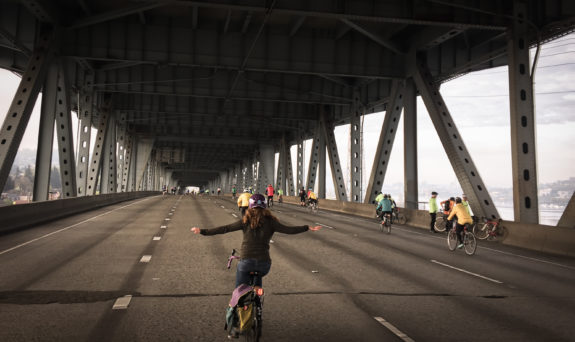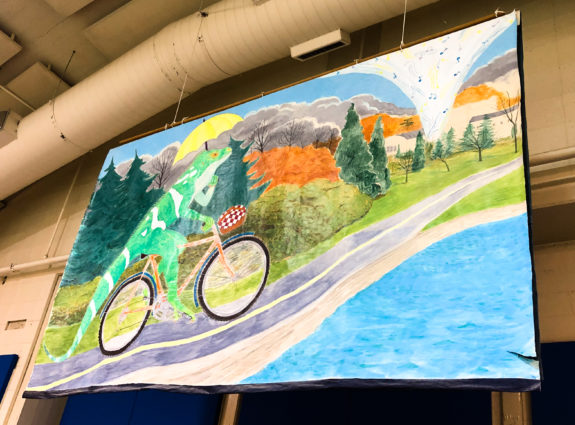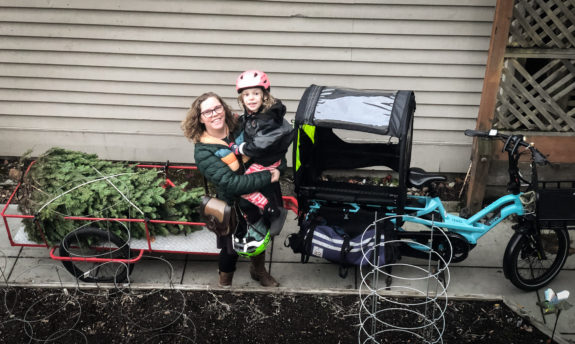The crosswalk at Harvard and Olive Way is gone, but it left an impression on more than just the roadway itself. The social media storm following SDOT’s decision to remove it (and their clumsy response explaining themselves) elevated the action to achieve national attention.
Bloomberg has a story arguing that this guerrilla crosswalk and others like it “demonstrate how needlessly difficult it is to build safer streets in US cities.” From Bloomberg:
“This is infuriating,” Seattle councilmember Andrew Lewis tweeted. “We have the time and money, apparently, to expediently REMOVE a crosswalk, but it takes years to get around to actually painting one. No wonder neighbors took it upon themselves to act.”
Lewis made a reasonable point: When motivated, transportation agencies can quickly alter streetscapes. But they often seem to show more urgency removing citizen-built crosswalks than they do installing official ones.
Indeed, that is part of the power of guerrilla crosswalks: Even if they are not long for this world, they demonstrate how needlessly difficult it is to build safer streets in US cities.
Read more…
Reporter David Zipper cited some Seattle Bike Blog stories about former SDOT Traffic Engineer Dongho Chang’s response to the Cherry Street guerrilla bike lane in 2013, and then asked Chang about the recent crosswalks.
“It would be good to acknowledge the effort that was done by the residents,” Chang told Zipper. “If there is a way to keep the crosswalk, it would be ideal to try to do that.” Zipper accuses Seattle Bike Blog of garnering Chang with “enduring appreciation” and, well, guilty as charged.











